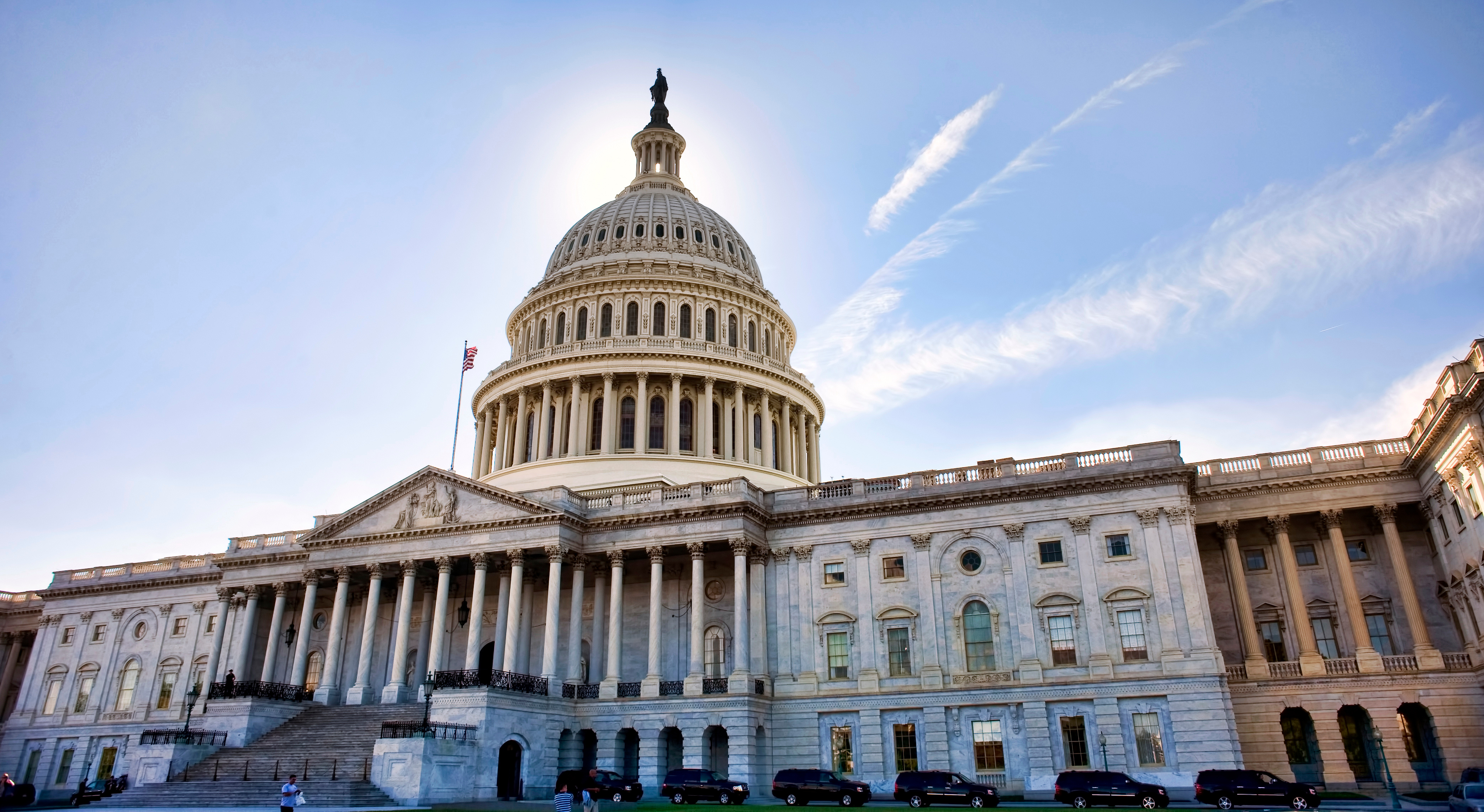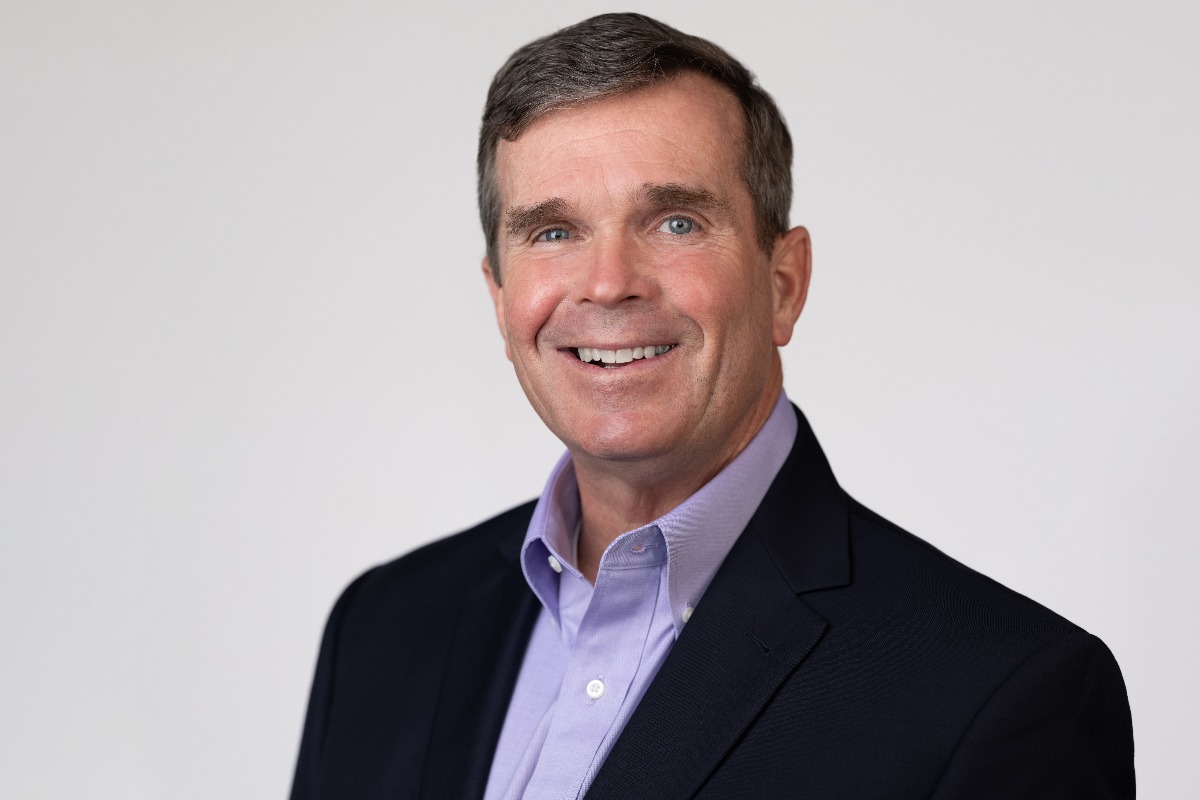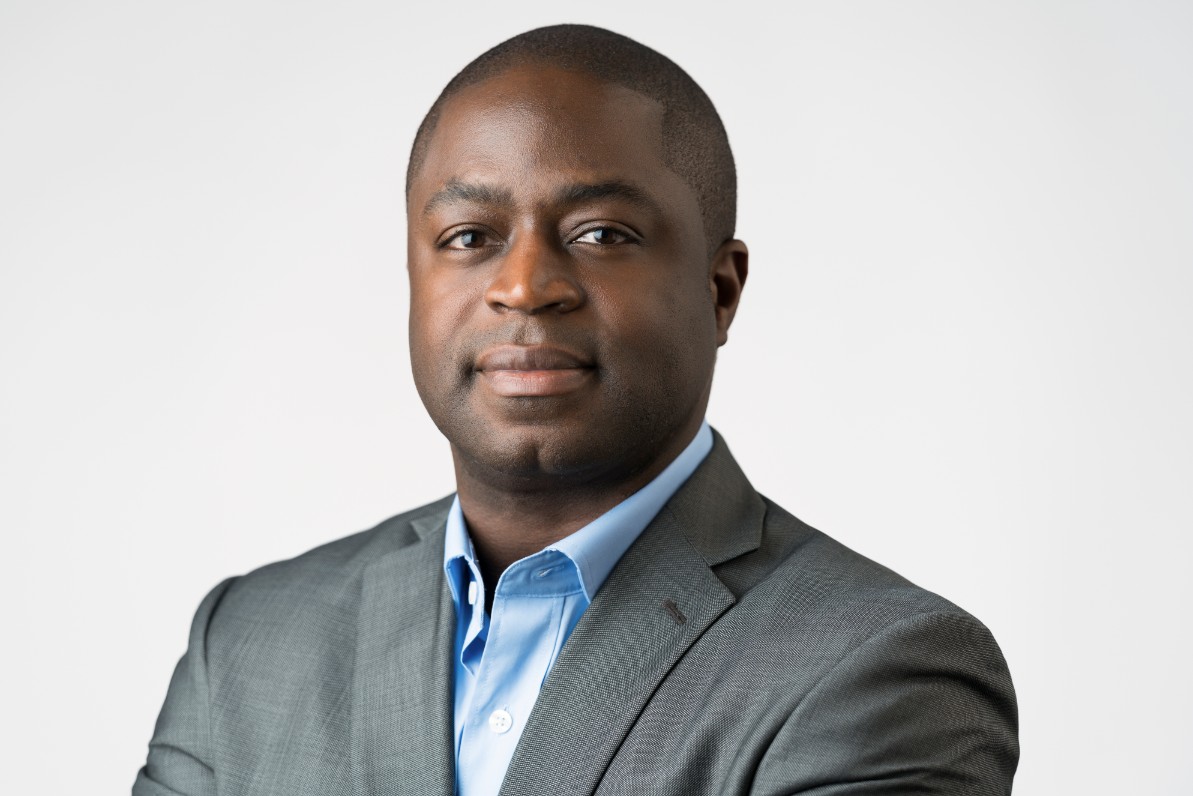Roundtable Insights
On January 16, 2025, McChrystal Group and Intact Technology hosted a virtual roundtable to discuss the modernization of talent management in government agencies. The roundtable was facilitated by Brian Crosby, Chief Growth Officer at Intact Technology, and featured panelists:
- Afiba Edwards, CIO at McChrystal Group
- Tom Seamands, Senior Principal at McChrystal Group
- Steve Krauss, Director of the HR Quality Services Management Office & HR Line of Business at Office of Personnel Management
- Cindy DeCoster, Business Analyst, HR Quality Services Management Office at Office of Personnel Management
McChrystal Group Talent Management Framework
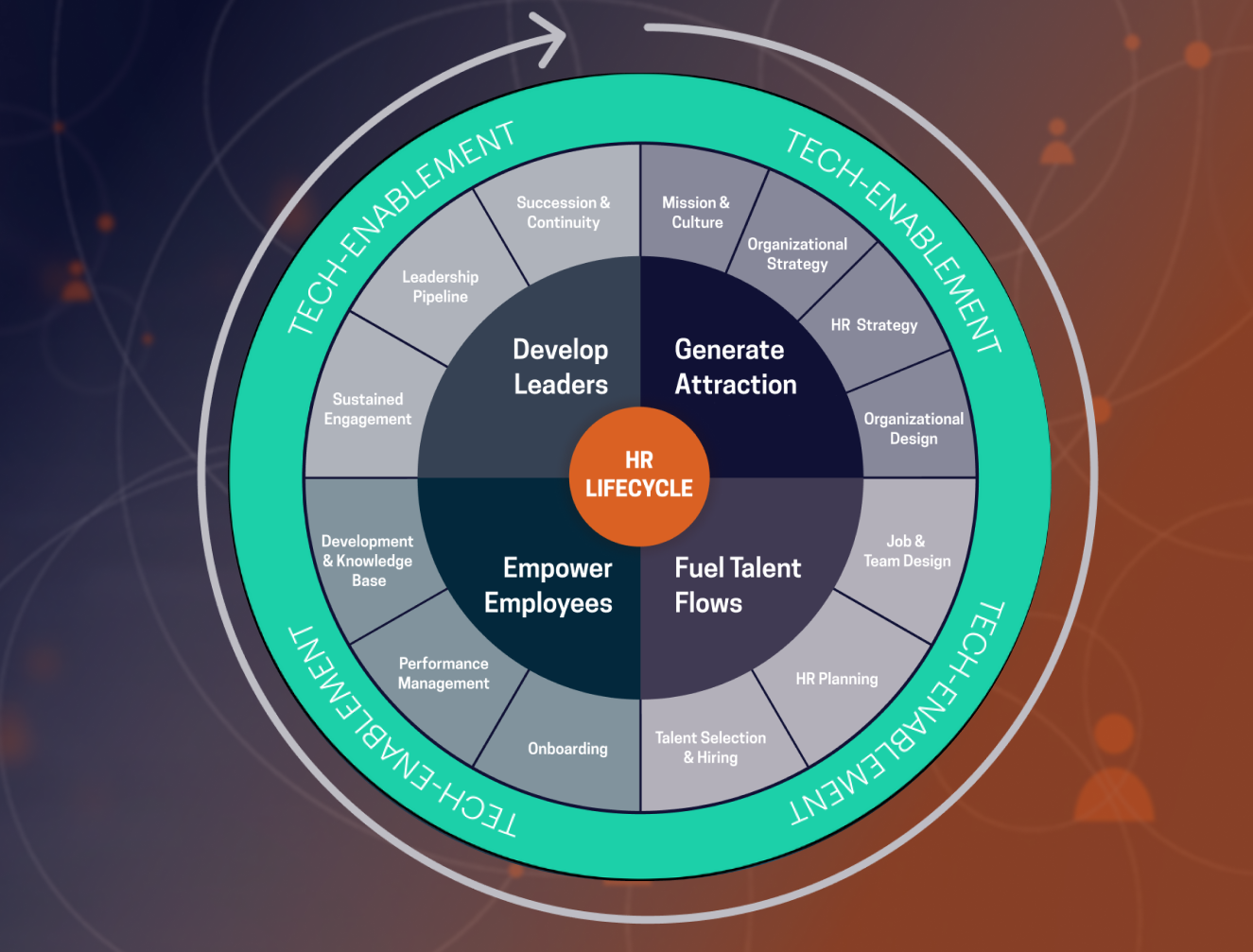 Tom Seamands introduced McChrystal Group’s Talent Management Framework, which positions mission alignment at the center of workforce management. The framework is structured around four key phases and 13 stages that guide employees through their journey from recruitment to retirement. Each phase integrates strategic objectives with employee engagement to ensure workforce alignment with the organization’s mission.
Tom Seamands introduced McChrystal Group’s Talent Management Framework, which positions mission alignment at the center of workforce management. The framework is structured around four key phases and 13 stages that guide employees through their journey from recruitment to retirement. Each phase integrates strategic objectives with employee engagement to ensure workforce alignment with the organization’s mission.
Key Phases of the Framework:
- Generate Attraction: This foundational phase focuses on creating a strong employer value proposition to attract top talent. Agencies must clearly articulate their mission, values, and purpose to inspire interest from prospective employees.
- Fuel Talent Flows: This phase ensures that jobs and teams are designed to meet organizational needs while recruiting employees with clear and realistic job expectations. Recruitment must align with mission goals and organizational values.
- Empower Employees: Once hired, employees should have the skills, tools, and information needed to succeed. Onboarding, training, and knowledge-sharing systems are critical for fostering productivity and trust.
- Develop Leaders: This final phase emphasizes building leadership capabilities throughout the workforce. Employees should see clear career pathways, with mentorship and professional development opportunities tailored to their growth and the organization’s long-term needs.
This framework underscores the importance of treating HR not as a standalone function but as a mission-critical driver of organizational success.
The employee Experience Extends Beyond HR
Agencies must account for the entire employee experience to foster engagement and retention, ensuring alignment and collaboration across all departments. Employees’ touchpoints with IT, facilities, and operations are as critical to the employee experience as their interactions with human resources.
- Onboarding is a prime example where breakdowns occur when departments operate in silos. A new employee’s first day can be derailed if IT hasn’t set up their email or facilities haven’t assigned a desk. Technology, including data management and workflow automation tools, can help avoid such failures.
- Senior HR leaders should establish cross-departmental metrics that evaluate the end-to-end employee experience and engage all relevant teams for seamless execution.
'Empty the Junk Drawer'
Before pursuing implementation, leaders must define the specific mission objectives for any new technology. Too often, new 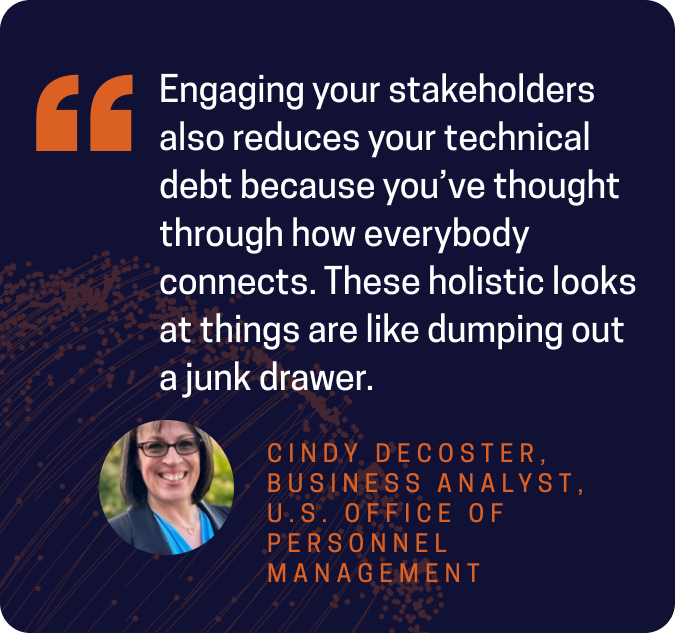 tools are added before clear use cases are identified and legacy systems are removed from HR processes.
tools are added before clear use cases are identified and legacy systems are removed from HR processes.
Blindly adopting AI or automation without optimizing processes and behaviors can lead to underutilized tools that don’t deliver on their promises. Moreover, it will eventually lead to redundant systems and manual workarounds that cost agencies time, money, and employee satisfaction.
- A detailed needs assessment should precede any technology investment. This involves engaging with end users, such as hiring managers, to identify pain points and determine what solutions add the most value.
- HR leaders must ensure that technology investments align with broader agency goals, such as improving retention or reducing time-to-hire metrics, to demonstrate clear ROI.
Automation is a Prerequisite for AI Success
AI implementation should not be pursued without first addressing process inefficiencies through automation. Failed automation efforts often indicate the same underlying issues that derail AI transformation. Leaders must prioritize building a strong foundation of streamlined workflows and consistent data.
- Automation reduces dependency on manual, error-prone processes, such as paper-based time tracking or resume screening, which can slow operations and produce unreliable data.
- Without automation, AI tools struggle to deliver insights due to fragmented and inconsistent data. For example, using AI for workforce analysis without consolidating data from various HR systems often leads to skewed or incomplete results.
- Leaders must first evaluate which processes to automate by identifying bottlenecks and areas where efficiency gains would most impact mission-critical outcomes.
Governance Should Enable Agility, Not Stifle It
Effective governance frameworks must balance the need for standardization with the flexibility to adapt to rapidly changing agency needs. Leaders must ensure governance supports collaboration rather than creating unnecessary roadblocks.
- Governance and standardization establish guardrails that prevent future delays and bottlenecks. For instance, a lack of standardized procurement processes can delay the rollout of modern HR tools across multiple agencies.
- Leaders should advocate for governance that defines clear standards—such as OPM’s HR data standards – for the underlying data and processes while allowing room for customization at the agency level to address unique challenges.
- Collaborative governance models, such as cross-agency working groups, can ensure consistency while pooling resources and sharing best practices to reduce duplication and inefficiencies.
Data is a Strategic Asset for Workforce Decisions
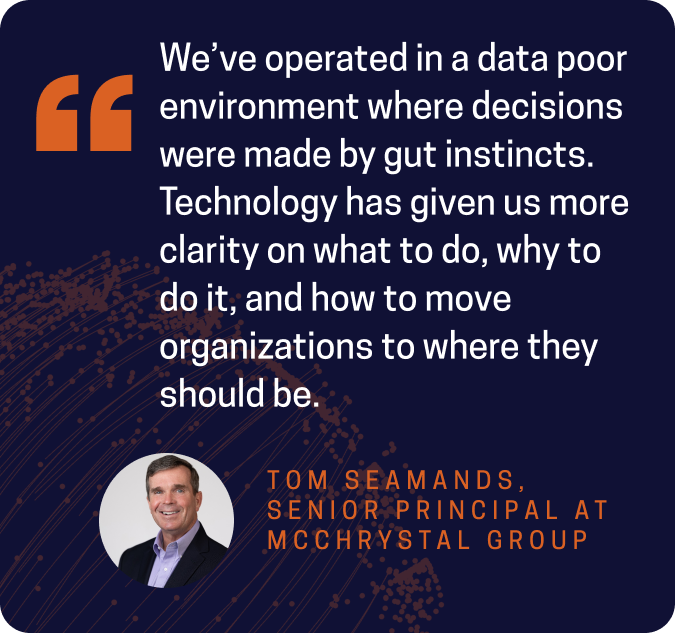
Strategic workforce decisions are often made in “data deserts”—environments where actionable data is not readily available. In modern organizations, this is less frequently due to missing data, but because so much data is stored across multiple systems, it can be impossible to translate data into information.
- Leaders must champion data standardization and governance to unlock its potential for workforce planning and decision-making. Data must be treated as an organizational resource, not confined to HR silos.
- OPM’s efforts to standardize data across agencies illustrate how centralized data governance can enable meaningful insights. For example, a unified approach to workforce analytics can help agencies identify skill gaps, forecast retirements, and align hiring plans with future needs.
- Agencies often collect redundant or conflicting data across systems. Leaders should initiate data audits to eliminate inconsistencies and create a “single source of truth” for key metrics like attrition, engagement, and diversity.
- Secure data-sharing protocols are critical to balancing privacy concerns with the need for actionable insights. HR leaders must establish clear rules for who can access what data and for what purpose.
Change Management Must Be a Continuous Process
Change management should be reframed as an ongoing cultural shift rather than a one-time activity. HR leaders must integrate it into every stage of workforce transformation.
- Employees often resist change because they fear job loss or increased workloads. HR leaders must proactively address these concerns by involving employees in planning and providing regular updates on how changes will benefit them.
- During a recent HR technology rollout, one agency conducted hands-on user testing sessions where employees could voice concerns and provide feedback. This approach improved the system and generated ownership and buy-in among staff.
- Effective change management includes targeted communication plans, training programs, and feedback loops that ensure employees feel supported throughout the transformation process.
Upskilling Employees for Modern Roles
As technology reshapes the workforce, HR leaders must focus on upskilling employees to ensure they can thrive in their evolving roles. Transparent communication about role changes is essential to maintaining trust.
- Automation often eliminates repetitive tasks, allowing employees to focus on more strategic work. For example, transitioning payroll staff from data entry to financial analysis requires training programs that build new competencies.
- HR leaders should develop clear professional development pathways that align with agency needs and employee career goals. Offering certifications, mentorship programs, and on-the-job training can help employees transition effectively.
- Communication is key. Employees must understand not only how their roles will change but also how these changes will benefit their careers and the agency’s mission.
Building the Federal Workforce of the Future
The McChrystal Group Talent Management Framework and the insights from the follow-up discussion highlight the need for a holistic, mission-driven approach to workforce transformation. Leaders can lead their agencies toward sustainable success by integrating streamlined processes, adaptable governance, and robust employee support systems. Through thoughtful planning and collaboration, federal agencies can build an engaged, agile workforce ready to tackle the challenges of the future.
Are you ready to transform your talent management strategy?
Contact us to take the first step towards a stronger, more engaged workforce today! You'll find more information on the Talent Management Framework here and the Federal HR Leader’s Guide to Modernization and Efficiency here.

